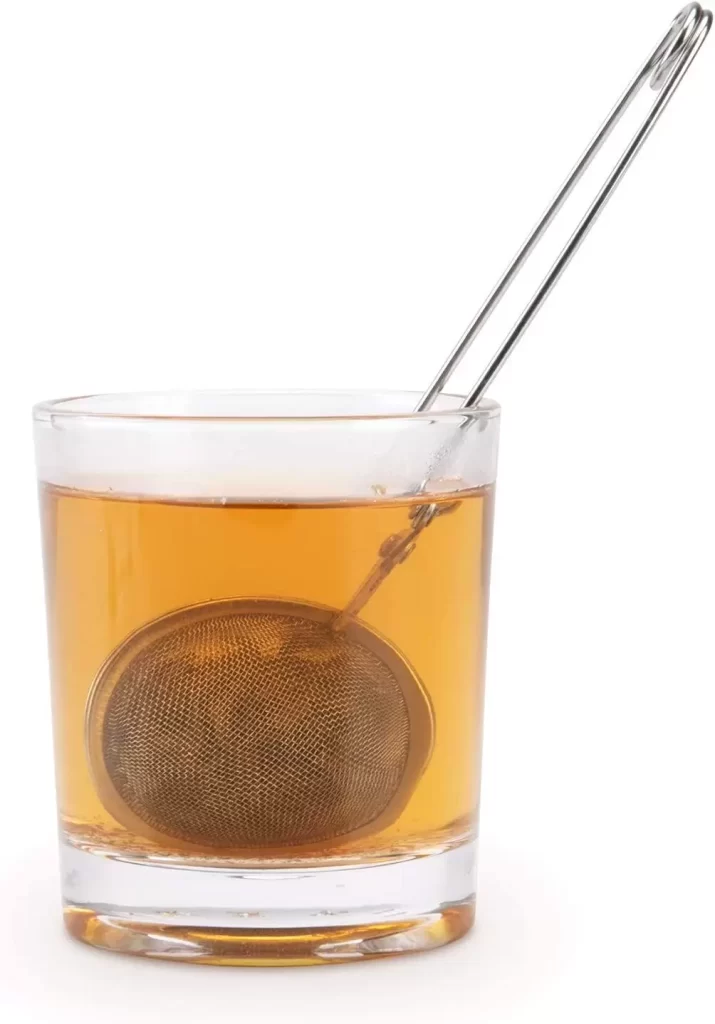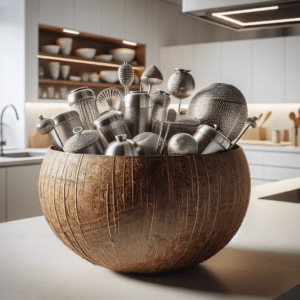A fascinating look at the evolution of tea bags throughout history.
The History of Tea Bags
From the first tea bags to modern reusable options, tea bags have a rich history. Discover how they have evolved over time.
The History of Tea Bags
Tea is one of the world’s most beloved beverages, enjoyed by millions every day. Whether you’re sipping a soothing chamomile before bedtime or starting your morning with a bold black tea, chances are you’ve used a tea bag. But have you ever wondered where tea bags came from? Like many great inventions, their history is a mix of innovation, accidents, and a touch of serendipity. Let’s dive into the fascinating story of how tea bags came to be.
The Early Days of Tea
Before the invention of the tea bag, tea was traditionally brewed using loose leaves. This method dates back thousands of years to ancient China, where tea was prepared by steeping whole leaves in hot water. As tea spread across Asia and eventually to Europe in the 17th century, loose-leaf brewing remained the norm. Tea was considered a luxury item, and its preparation was often treated with great care and ceremony.
In those days, tea drinkers would use strainers or infusers to separate the leaves from the liquid. While effective, it wasn’t always the most convenient method, especially for those on the go. Yet, for centuries, no one thought to change this process—until a curious twist of fate in the early 20th century.
The Accidental Invention
The invention of the tea bag is often credited to Thomas Sullivan, a New York tea merchant. In 1908, Sullivan began sending samples of his tea to customers in small silk pouches. His intention was for buyers to open the pouches and use the loose leaves as usual. However, many of his customers misunderstood and dunked the entire pouch into hot water instead. To their surprise, it worked! The tea brewed just as well through the silk, and cleanup was much easier.
Sullivan quickly realized he was onto something. He began producing tea bags intentionally, using gauze or muslin instead of silk to make them more cost-effective. While his invention wasn’t immediately widespread, it marked the beginning of a new era in tea drinking.
The Rise of Tea Bags
Throughout the 1920s and 1930s, tea bags grew in popularity, particularly in the United States. They were convenient, mess-free, and perfect for busy lifestyles. By the 1940s, manufacturers began experimenting with different materials for the bags, eventually settling on paper as the most practical option.
Meanwhile, in Europe—where tea culture was deeply rooted in tradition—the adoption of tea bags was slower. Many Europeans considered loose-leaf brewing to be superior in flavor and quality. However, as time went on and convenience became a priority, tea bags gradually gained acceptance worldwide.
Innovations Over Time
The original tea bags were square or rectangular, but over time, manufacturers began experimenting with different shapes to improve the brewing process. In the 1950s, circular tea bags were introduced, followed by pyramid-shaped bags in the 1990s. The pyramid design allowed more room for the leaves to expand during steeping, resulting in a richer flavor.
In recent years, there has also been a push toward eco-friendly and biodegradable materials for tea bags. Some traditional bags contained plastic components that weren’t environmentally friendly, but many companies are now switching to plant-based alternatives.
Tea Bags Today
Today, tea bags are an integral part of daily life for tea lovers around the globe. They come in countless varieties, from classic black and green teas to herbal blends and exotic flavors. While some purists still prefer loose-leaf tea for its superior taste and quality, there’s no denying the convenience and simplicity that tea bags offer.
Interestingly, the rise of specialty teas and artisanal blends has brought renewed interest in loose-leaf brewing. Many modern tea enthusiasts enjoy using both methods—tea bags for quick and easy cups during busy days and loose leaves for leisurely brewing sessions.
A Simple Yet Revolutionary Idea
The humble tea bag may seem like a small thing, but it revolutionized the way we enjoy one of humanity’s oldest beverages. What started as an accidental discovery has become a global phenomenon, making tea accessible and convenient for everyone.
So next time you brew yourself a cup using a tea bag, take a moment to appreciate its history. It’s a reminder that even the simplest ideas can have a lasting impact—and that sometimes, innovation happens when we least expect it!




